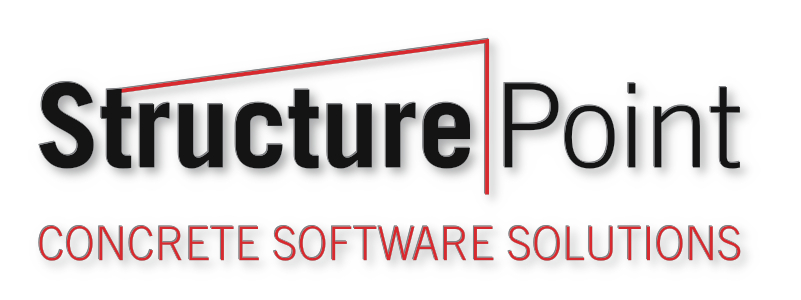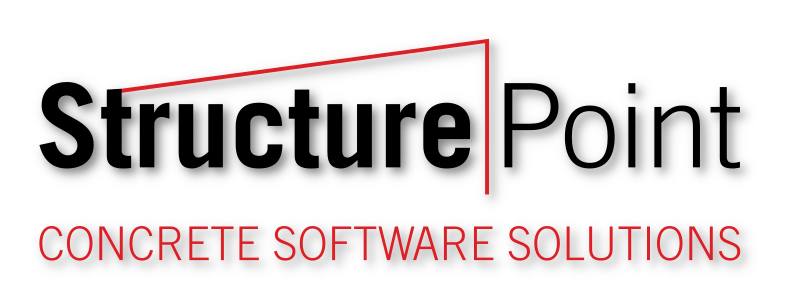Structural Codes & Standards
09/23/2019

Overview
Codes and standards are developed to set minimum limits of performance and public safety with common accepted methods for use by engineers to produce buildings and structures with economical results that can be reasonable reviewed and enforced by building officials in charge. and other jurisdictions. In the United States most jurisdictions adopt one of two widely accepted model codes developed by the International Code Council (ICC) www.iccsafe.org or the National Fire Protection Association (NFPA) www.nfpa.org . Model codes include by reference accepted material and building standards without including them in the document body. For concrete structures the ASCE/SEI 7 standard sets the minimum design loads and the ACI-318 provides minimum requirements for design and construction of structural concrete.
Model Building Codes
International Building Codes (IBC):
The IBC scope is vast and covers all buildings except detached one and two-family residential dwellings. It refers to structural and material standards along with any required amendments. More about the IBC code from ICC
National Fire Protection Association (NFPA):
The NFPA 5000 code states that is provides requirements for construction, protection, and occupancy features necessary to safeguard life, health, property, and public welfare and minimize injuries. More about the NFPA 5000
Concrete Structures Codes & Standards
ASCE 7
An integral part of building codes in the United States, Minimum Design Loads and Associated Criteria for Buildings and Other Structures (ASCE/SEI 7) It describes the means for determining dead, live, soil, flood, tsunami, snow, rain, atmospheric ice, earthquake (eismic), and wind loads, and their combinations for general structural design for building and non-building structures.
The American Society of Civil Engineers (ASCE) develops this standard via the Committee on Minimum Design Loads for Buildings and Other Structures of the Structural Engineering Institute (SEI) of ASCE. The 2016 edition of ASCE Minimum Design Loads and Associated Criteria for Buildings and Other Structures is available from SEI as ASCE 7-16.
ACI-318
The American Concrete Institute develops the “Building Code Requirements for Structural Concrete” (“Code”) through its technical committee ACI-318.
This code provides minimum requirements for the materials, design, and detailing of structural concrete buildings and, where applicable, nonbuilding structures.
This scope of ACI 318 addresses structural systems, members, and connections, including cast-in-place, precast, shotcrete, plain, nonprestressed, and prestressed construction. Among the subjects covered are: design and construction for strength, serviceability, and durability; load combinations, load factors, and strength reduction factors; structural analysis methods; deflection limits; mechanical and adhesive anchoring to concrete; development and splicing of reinforcement; construction document information; field inspection and testing; and methods to evaluate the strength of existing structures.
- 318-19 ACI-318 reorganized and reformatted the code in 2014 and continued and expanded the same organizational philosophy with the release of ACI 318-19. The principal objectives of the reorganization were to present all design and detailing requirements for structural systems or for individual members in chapters devoted to those individual subjects (beams, slabs, columns, walls, etc.) Further, the chapters were rearranged to follows the process and chronology of design and construction. Information and procedures that are common to the design of multiple members are located in utility chapters. Read more from ACI here
ACI Structural Standards
In addition to ACI 318 for building structures, several other standards have been developed by ACI. They are also essential in providing code requirements to structures with specific construction, operation, and serviceability features. A few of these standards used by StructurePoint engineering software and services are list below:
ACI-350
This standard covers code requirements for the structural design, materials selection, and construction of environmental engineering concrete structures. Namely tanks, such structures are used for conveying, storing, or treating liquid or other materials such as solid waste, process waste, chemical byproducts, etc. Environmental engineering structures also include ancillary structures for dams, spill-ways, and channels.
Environment engineering and liquid containing structures are subject to uniquely different loadings, more severe exposure conditions, and more restrictive serviceability requirements than non-environmental building structures.
The standard presents code requirements based entirely on ACI-318 but modified in many important areas and sections to become applicable to environmental engineering concrete structures. This makes ACI-350 easily adopted by reference in a general building code or in regulations governing the design and construction of environmental engineering concrete structures.
ACI-349
This standard covers code requirements for the proper design and construction of concrete structures that form part of a nuclear power plant and that have nuclear safety-related functions, but does not cover concrete reactor vessels and concrete containment structures (as defined by Joint ACI-ASME Committee 359).
The structures covered by the standard include concrete structures inside and outside the reactor containment system. Nuclear structures are subject to additional considerations of loading and design detailing necessary for continue operation and service under extreme conditions and the constant need for shielding harmful radiation in various plant areas.
The standard presents code requirements based entirely on ACI-318 but modified in many important areas and sections to become applicable to nuclear power plant concrete structures.

